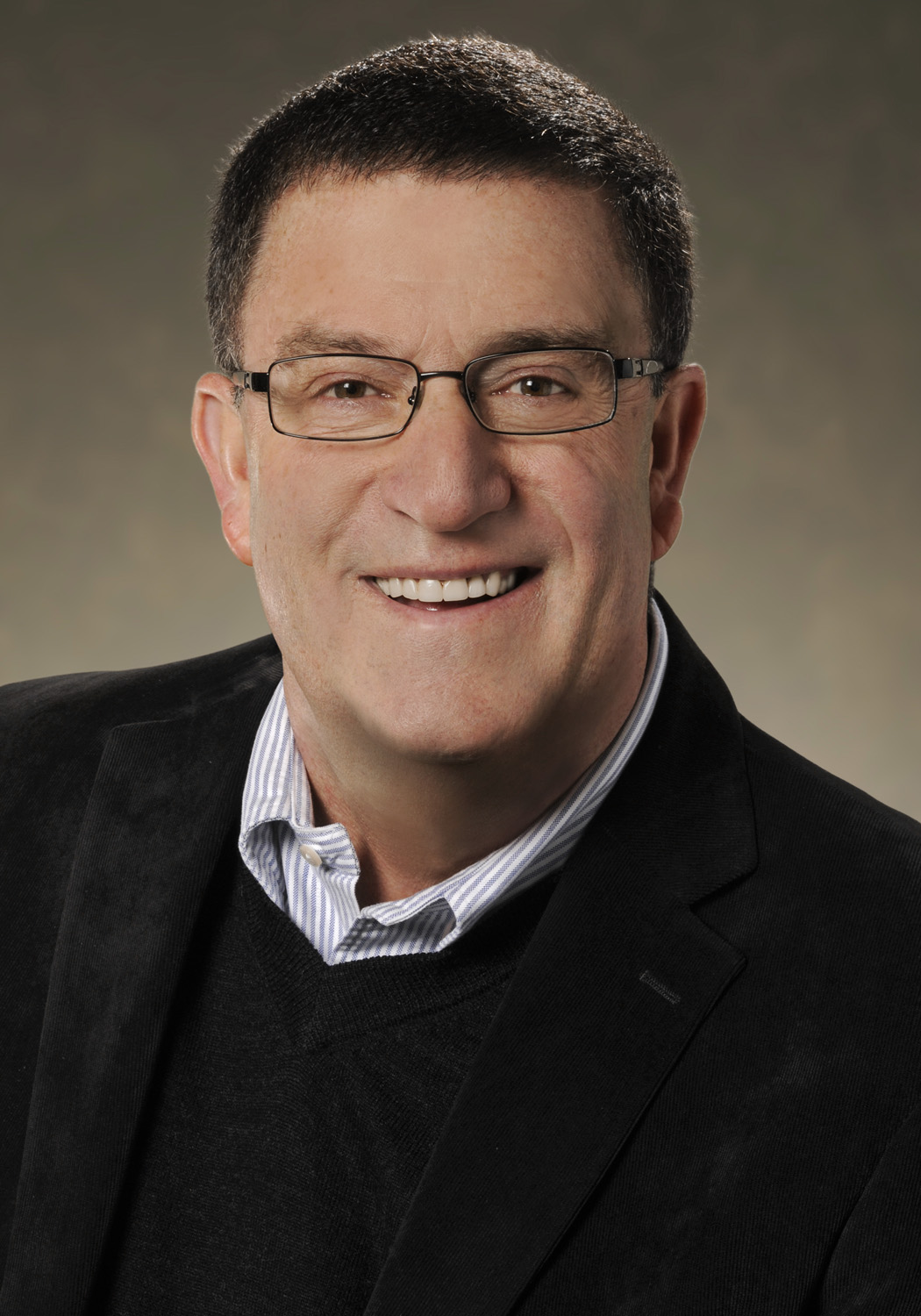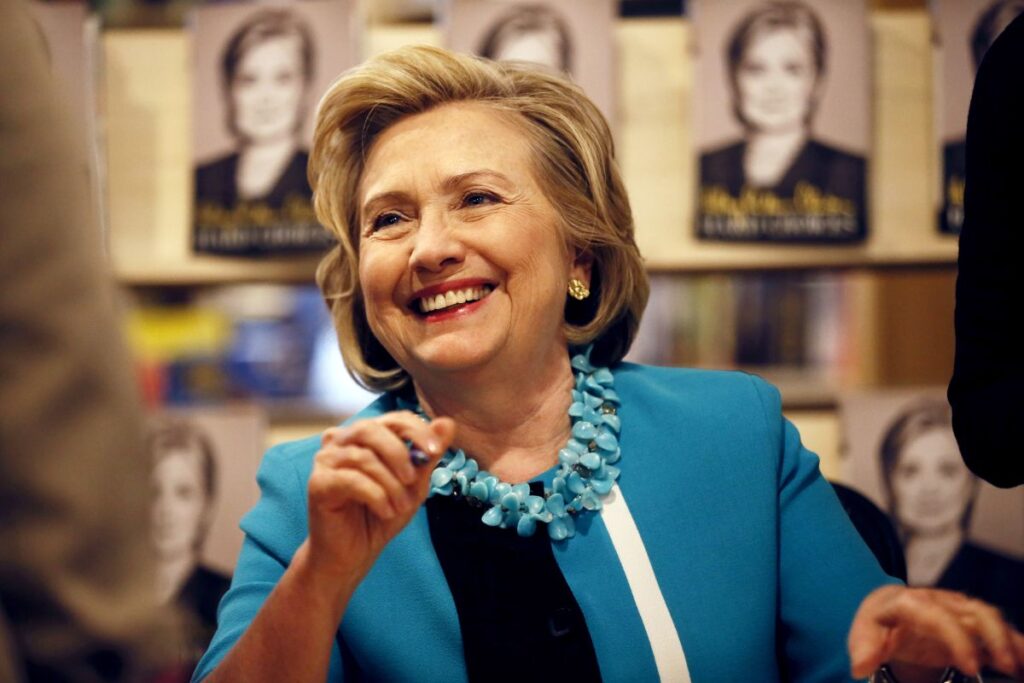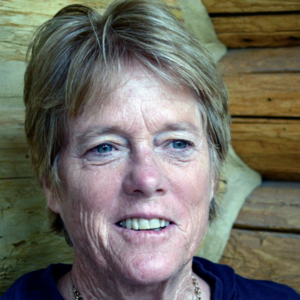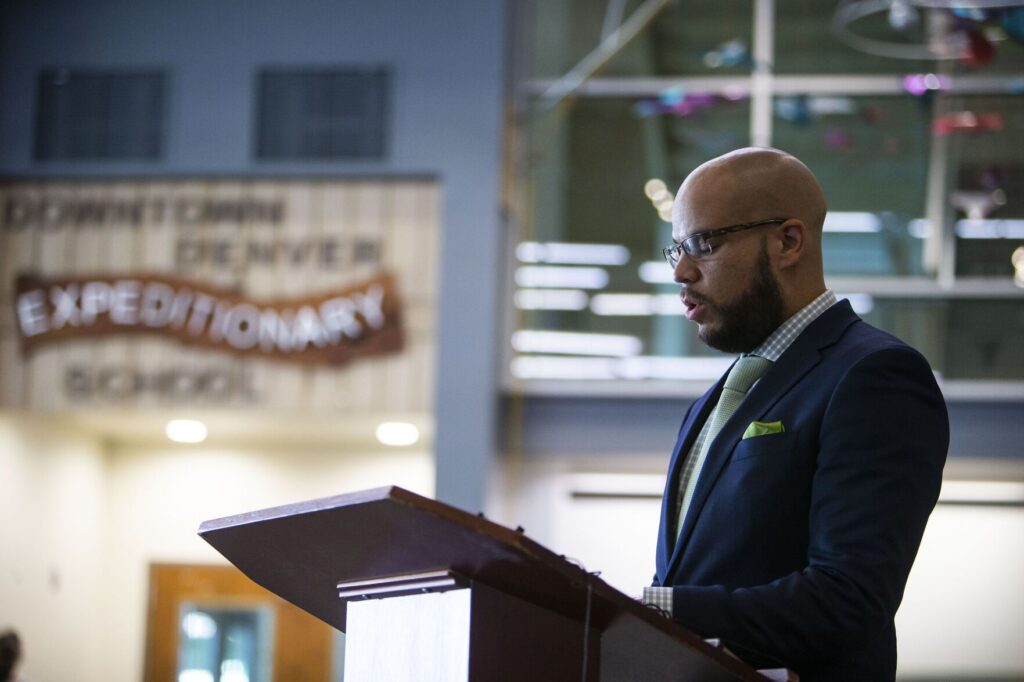SONDERMANN | Colorado’s glass ceiling remains


Georgia. Idaho. Indiana. Pennsylvania. Virginia. Ohio. Utah.
And Colorado.
Those are the eight states – out of 50, last I looked – that have never elected a woman to the high statewide office of either governor or U.S. senator.
As the second state in the union to enact women’s suffrage (behind only Wyoming), it is both significant and surprising to find Colorado on this list of the tardy. But there we sit. The list may shrink further if appointed Sen. Kelly Loeffler wins election in her own right in the impending Georgia runoff.
Those looking for a single, definitive, all-encompassing explanation should turn elsewhere. Politics, like life, is complex. But let’s discuss this history and identify some of the factors that have led us to this pass in a progressive state and a supposedly enlightened, inclusive era.
By my account, four women have come close to one of these prizes without getting there. Two lost close general elections. In 1980, Republican Mary Estill Buchanan lost a Senate race to incumbent Democrat Gary Hart by a slender 19,000 vote margin. In 1998, Democrat Gail Schoettler was defeated for the open governor’s office by Republican Bill Owens by a mere 8,297 votes.
Two others, again one from each party, lost primary contests which had they won quite likely would
have led to a November victory. In the Tea Party year of 2010, Jane Norton was somehow tagged as insufficiently conservative and lost the GOP Senate primary to Ken Buck. Given the Republican tide, Norton would have been the favorite to defeat Democrat Michael Bennet, a trick Buck could not manage.
The same is true of Cary Kennedy in the most recent election for Governor. Any Democratic nominee would have prevailed handily given the year. But Kennedy, despite strong showings early in the process, had no chance of competing with Jared Polis’s bottomless checkbook.
Clearly, female candidates start with certain disadvantages and must clear higher bars relative to their male counterparts. In their book, “When Women Vote,” formidable Denver leaders Stephanie Donner and Amber McReynolds make the case that structural reforms are necessary if women are to consistently reach the highest political ranks.
First up is money, often described as, “the mother’s milk of politics.” Unlike human anatomy, in politics that milk is most often produced and dispensed by men.
Think of the networks so influential in Colorado campaigns. Those at the upper echelons of the largest law firms and major companies are still disproportionately male. Vestiges of a “good old boys” mentality still remain.
Networks exist largely to advance and take care of their own. As noted by former Colorado First Lady and 1998 Democratic Senate nominee Dottie Lamm, “If John Hickenlooper had been ‘Jane’ Hickenlooper, with the same political and presidential candidate experience, would she have been so quickly embraced to the exclusion of all others?” It is a fair question, for sure.
Money also conveys the coveted political “viability” which keeps some very able women from ever getting to the starting gate. Most high officeholders come from the ranks of the establishment which is made up of proven political winners. Again, that is principally a boy’s club; and one slow to change.
It also seems inarguable that women candidates are judged by different standards. Dress and appearance remain a topic of conversation while men running for the same office must only pick between the red and blue tie. Though, blessedly, Kamala Harris’s attire was the subject of far less commentary than Hillary Clinton’s had been four years prior.
Flashing back to 1998, Gail Schoettler was deemed by many to be highly capable and intelligent, but to lack warmth and be slow to emote. Whether accurate or not, is that test similarly applied to men? For that matter, how does that persona differ from that of our current governor?
The consuming negativity of campaigns is also an impediment to many on the distaff side. First, it dissuades countless women from joining the fray. Even for those willing to enter and subject themselves to the cheap brutality, it presents a challenge as launching a negative attack is often far trickier for women. That different standard, again.
On top of the offices of governor and U.S. senator, Denver has never elected a woman to the top job. That is despite my damnedest effort way back in 1995 on behalf of Mary DeGroot. Just last year, Jamie Giellis came close, but not that close. In both instances, the city flirted with the female challenger only to then have the entire business, civic and political establishment link arms to save the embattled male incumbent.
Of course, that day is coming in Colorado, as it arrived years ago in most other states, when an unquestionably qualified woman candidate achieves that high office. As to why Colorado is lagging years behind, my inclination is that this is more a product of happenstance than of some prejudice known only at elevation. Nonetheless, those in power around here have not exactly gone out of their way to nurture and promote aspiring female talent.
Both sides of the aisle have highly engaged organizations focused on this task. For Democrats, there is Emerge Colorado, the Electing Women PAC and the BlueFlower Fund. Republicans counter with Colorado Women in Action.
The bench is replete with accomplished, prepared women. They dominate school boards across the state; they comprise roughly half of the General Assembly; and they include the last three speakers of the Colorado House.
The ambition, aptitude and star power abound. But what it will take to break through? And when? While many focus on that “highest, hardest glass ceiling of the Oval Office,” plenty here would settle for demolishing Colorado’s own ceiling that has lasted far too long.
Clarification: While Ohio and Utah have both had female governors, both were elected lieutenant governors who took the position when the governors resigned. The article has been updated to add those states to the list.
Eric Sondermann is a Colorado-based independent political commentator. He writes regularly for Colorado Politics and the Denver Gazette. Reach him at EWS@EricSondermann.com; follow him at @EricSondermann on Twitter. Click here to read more of his columns.













